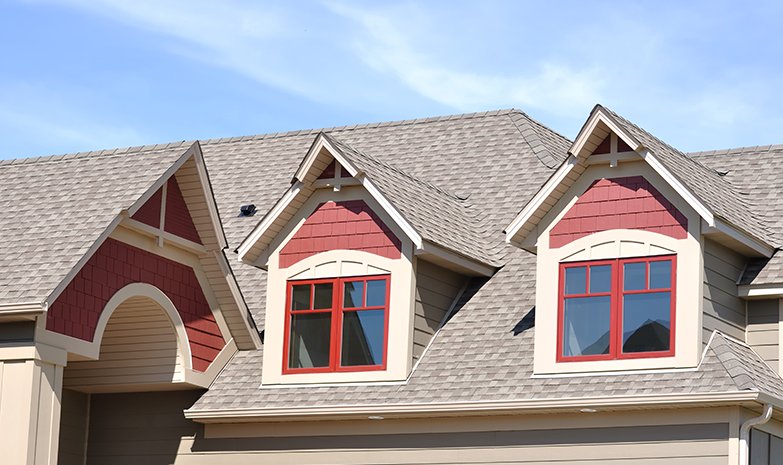
Florida home inspector shares about the job
Retired Air Force Lieutenant turned home inspector Jim Belt has seen a lot in his more than 20 years of performing home inspections. His expertise as a quality control and inspection of government facilities specialist during his military career set the base for his starting his own company, St. Petersburg-based Home Belt Property Inspections. In a recent interview with Tampa Bay (Fla.) Times senior correspondent Susan Taylor Martin, Belt answered a few questions about the job.
What’s the first thing you do when you pull up at a house?
“I first generally check the water meters, especially if the house is unoccupied, to see if any water is flowing through the meter, which may indicate an underground water leak,” Belt said in the article. If it’s beneath a concrete slab, the homeowner has a major expense.
What’s the difference between the home inspection and the four-point inspection?
Belt performs four-point inspections that focus on four major areas — roof, plumbing, electrical and heating/air conditioning. These inspections are required by insurance companies before providing coverage on a home more than 30 years old. Insurance companies “ask questions from a different standpoint — they couldn’t care less if the A/C works because you can’t file a claim for that,” Belt said in the article. “But if condensation (from the A/C) is damaging the ceiling and walls, they’d be very interested in that.”
Besides the home inspection and four-point inspection, is there any other type of inspection?
“You don’t need it to close, but a wind mitigation inspection can save money on insurance,” Belt said in the article. “Those look at things like hurricane impact windows, hurricane clips. They usually cost about $100 to $150 and can save [the client] a substantial amount.”
Over the course of more than two decades, Belt has inspected commercial properties such as office buildings, hospitals and restaurants. With the uptick of the residential housing market, most of his time now is spent inspecting homes and condos and he shared with Martin some of things he’s found during attic inspections.
“Termites, roof leaks, damage to the rafters or trusses, rodents, just about anything. That’s some of the primary space for exposed electrical wiring,” he told Martin. “I’ve been (stung) by bees. I have pulled open the cover to the city water main and have found snakes that have just scared the bejesus out of me.”




